A 810 nm Diode Laser following Modified Widman Flap Surgery
llistat de metadades
Autor/a
Director/a
Nart Molina, José
Codirector/a
Santos Alemany, Antonio
Fecha de defensa
2012-07-06
Depósito Legal
B. 24447-2012
Páginas
129 p.
Departamento/Instituto
Universitat Internacional de Catalunya. Departament d'Odontologia
Resumen
The purpose of this study was to clinically compare the use of a 810 nm diode laser (DL) following modified Widman flap (test sites) to that of modified Widman flap (MWF) alone (control sites). Thirteen patients with periodontal pockets in two different quadrants with at least one tooth exhibiting a pocket depth of >7 millimeters and attachment levels of >7mm were selected. One side was randomly selected to receive MWF and the other to receive a diode laser following MWF. The DL was used to de-epithelialize the inner part of the periodontal flap and photo-biostimulate the surgical area. Probing depth (PD), clinical attachment levels (CAL), plaque index (PI), and gingival index (GI) were evaluated at baseline, 6 weeks and 5 months. Pain scale assessment (PS), pain medication consumption (PM), tissue edema (TE), and tissue color (TC) were evaluated one week following surgery. Treatment differences were analyzed using McNemar’s test, paired t-tests or a Wilcoxon Signed Rank Test. No statistical differences of CAL gain, PD, GI and PI reduction between laser sites and control sites were seen. Statistically significant differences were seen for TE (p=0.041), PM (p<0.001) and PS (p<0.001) favoring test sites. TC did not show a statistically significant difference (p=0.9766). Patients rated the first surgical treatment performed as more painful than the second (p<0.002). The use of a 810 nm diode laser following modified Widman flap provided additional benefits in terms of less edema and post operative pain.
Palabras clave
Materias
616.3 - Patología del aparato digestivo. Odontología



